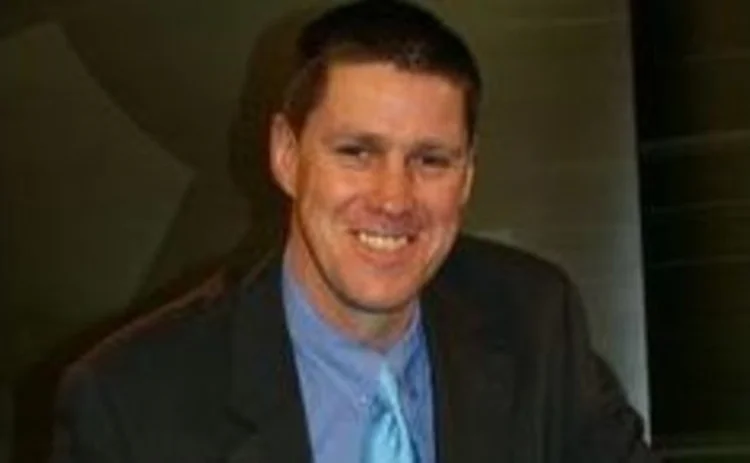July 2012: People Power

Technology is important to our industry. Remove it, and pretty much everything grinds to a halt. But that doesn’t mean that other things aren’t similarly important. Take, for example, people and their relationships. They are crucial to maintaining harmony within large parts of any financial services firm.
Relationships come in many shapes and forms: There’s the relationship a CIO has with the rest of the organization; there’s the relationship portfolio managers have with their traders, tasked with executing orders according to various parameters; and then there’s the chief risk officer, who has—often tepid—relationships with large numbers of people from a variety of departments within the organization. Compliance managers are also important, and so is the quality of the relationships they maintain internally, primarily with front-office staff, and externally with trustees representing institutional investors, and, of course, the industry’s regulators.
And then there’s the CTO, who touches the lives of just about everyone in the organization, directly or indirectly, on a daily basis. But perhaps the most crucial relationships that any organization has to maintain are those between the CTO and the firm’s ensemble of technology providers—partnerships that tend to have a direct bearing on the effectiveness and optimization of whatever technology has been selected and implemented.
In his feature, What Lies Beneath, Steve Dew-Jones considers the variables that CTOs contemplate when evaluating technology providers during a typical beauty contest. It’s a stressful, potentially career-limiting exercise for CTOs, but one they need to successfully negotiate on a regular basis. Make the right call and you’re a hero, but make the wrong one and the company is wed to a potentially financially debilitating and long-term nightmare.
Waters speaks to a lot of CTOs from a range of financial services institutions. And while they are generally happy with the levels of service they receive from their providers, that isn’t always the case. A number of CTOs I have spoken to over the years have expressed their frustration at vendors’ “cutting and running once the contract work has been done.” While it’s only fair to hear both sides of the story—one thing I have learned over the last decade is that there is always another side to the story—what is clear is that certain vendors have built up unblemished track records in terms of responsiveness and flexibility, while others have exhibited increased levels of inertia when it comes to complying with clients’ requests once the deal has been inked. Looking after one’s clients is as straightforward as delivering on your promises. If you cannot deliver on a promise, don’t promise it. It’s that simple.
Only users who have a paid subscription or are part of a corporate subscription are able to print or copy content.
To access these options, along with all other subscription benefits, please contact info@waterstechnology.com or view our subscription options here: http://subscriptions.waterstechnology.com/subscribe
You are currently unable to print this content. Please contact info@waterstechnology.com to find out more.
You are currently unable to copy this content. Please contact info@waterstechnology.com to find out more.
Copyright Infopro Digital Limited. All rights reserved.
As outlined in our terms and conditions, https://www.infopro-digital.com/terms-and-conditions/subscriptions/ (point 2.4), printing is limited to a single copy.
If you would like to purchase additional rights please email info@waterstechnology.com
Copyright Infopro Digital Limited. All rights reserved.
You may share this content using our article tools. As outlined in our terms and conditions, https://www.infopro-digital.com/terms-and-conditions/subscriptions/ (clause 2.4), an Authorised User may only make one copy of the materials for their own personal use. You must also comply with the restrictions in clause 2.5.
If you would like to purchase additional rights please email info@waterstechnology.com
More on Emerging Technologies
M&A activity, syndicated loans, a new tariff tool, and more
The Waters Cooler: LSEG and LeveL Markets partner for new order type, QuantHouse gets sold to Baha Tech, and Fitch Ratings has a new interactive tool in this week’s news roundup.
Nasdaq, AWS offer cloud exchange in a box for regional venues
The companies will leverage the experience gained from their relationship to provide an expanded range of services, including cloud and AI capabilities, to other market operators.
OCC’s security chief on generative AI with guardrails
Clearinghouse looks to scale technology across risk and data operations—but safety is still the watchword.
Bank of America reduces, reuses, and recycles tech for markets division
Voice of the CTO: When it comes to the old build, buy, or borrow debate, Ashok Krishnan and his team are increasingly leaning into repurposing tech that is tried and true.
Waters Wavelength Ep. 313: FIS Global’s Jon Hodges
This week, Jon Hodges, head of trading and asset services for Apac at FIS Global, joins the podcast to talk about how firms in Asia-Pacific approach AI and data.
Project Condor: Inside the data exercise expanding Man Group’s universe
Voice of the CTO: The investment management firm is strategically restructuring its data and trading architecture.
BNP Paribas explores GenAI for securities services business
The bank recently released a new web app for its client portal to modernize its tech stack.
Bank of America and AI, exchanges feud with researchers, a potential EU tax on US tech, and more
The Waters Cooler: Broadridge settles repos in real time, Market Structure Partners strikes back at European exchanges, and a scandal unfolds in Boston in this week’s news roundup.








